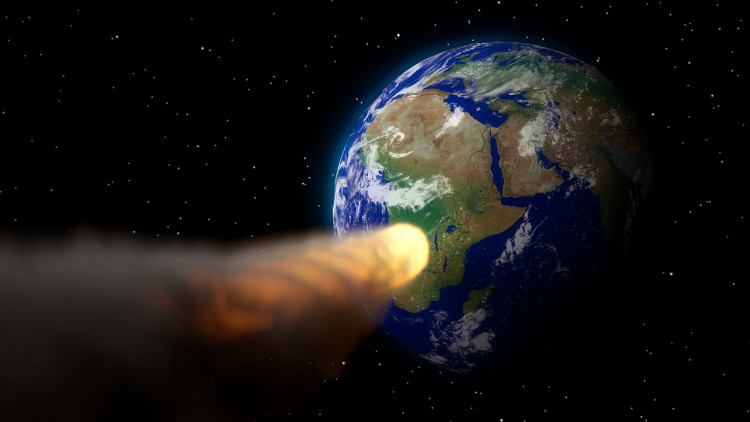Wednesday evening, a large space rock will make its closest approach to Earth in 400 years, but there is nothing to worry.
Wednesday at 7:46 p.m. EDT, the near-Earth asteroid 2005 YY128 will pass within 2,8 million miles of our planet, the closest it has been in more than 400 years, according to EarthSky.org.
2005 YY128 was identified in 2005 by astronomers at the Kitt Peak Observatory in southern Arizona, as its name suggests. Over the past 17 years, scientists have meticulously tracked its orbit.
Their observations have not yet determined the size of 2005 YY128. According to EarthSky, astronomers can only provide a diameter range ranging between 1,903 and 4,265 feet.
Therefore, 2005 YY128 qualifies as a potentially hazardous asteroid (PHA), a classification given to space rocks at least 460 feet in width whose orbits bring them within 0.05 astronomical units (AU) of Earth. (One AU is the average distance between the Earth and the sun, which is approximately 93 million miles or 150 million kilometers. Therefore, 0.05 AU is approximately 4.6 million miles.
If asteroid 2005 YY128 collided with Earth, it would do severe damage regardless of which portion of its estimated size range it really occupies.
"The largest near-Earth asteroids (> 1 km diameter) have the potential to cause geologic and climate effects on a global scale, disrupting human civilization and perhaps even resulting in extinction of the species," the Global Challenges Foundation, a non-profit organization based in Sweden, wrote.
Smaller NEOs (near-Earth objects) in the range of 140 meters to 1 kilometer in diameter might wreak regional to continental destruction and kill hundreds of millions of people.
However, rest assured that 2005 YY128 poses no threat on this pass.
The close approach of 2005 YY128 occurs on the tenth anniversary of the Chelyabinsk explosion.
On Feb. 15, 2013, a roughly 20-meter-wide (65-foot) space rock detonated unexpectedly over the Russian city of Chelyabinsk, breaking hundreds of windows and causing minor injuries on the ground (mostly from flying shards of broken glass).
Astronomers stressed that it is only a matter of time before a genuinely dangerous asteroid lines up Earth in its crosshairs, highlighting the significance of a greater understanding of the NEO population.
A few years after the Chelyabinsk disaster, NASA launched its Planetary Defense Coordination Office, and astronomers and researchers from throughout the world joined the Earth-protection struggle. Consequently, scientists are gaining a greater understanding of the NEO population.





